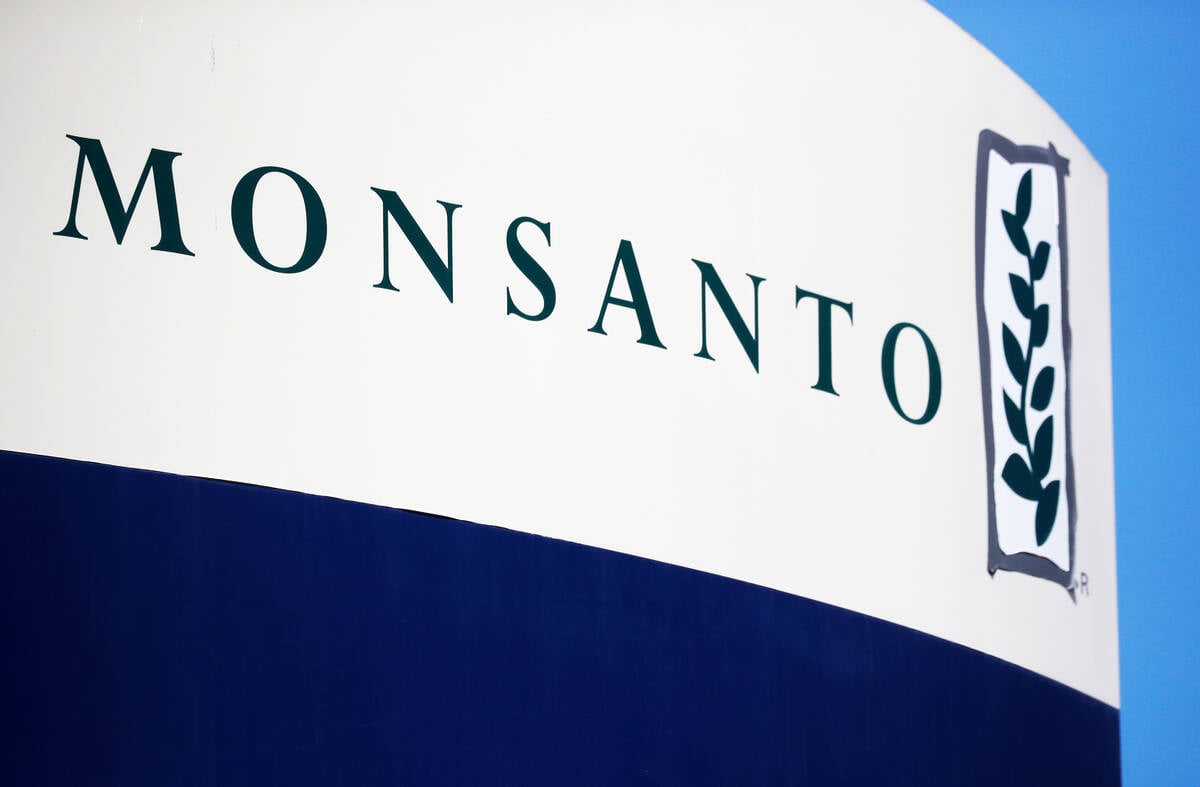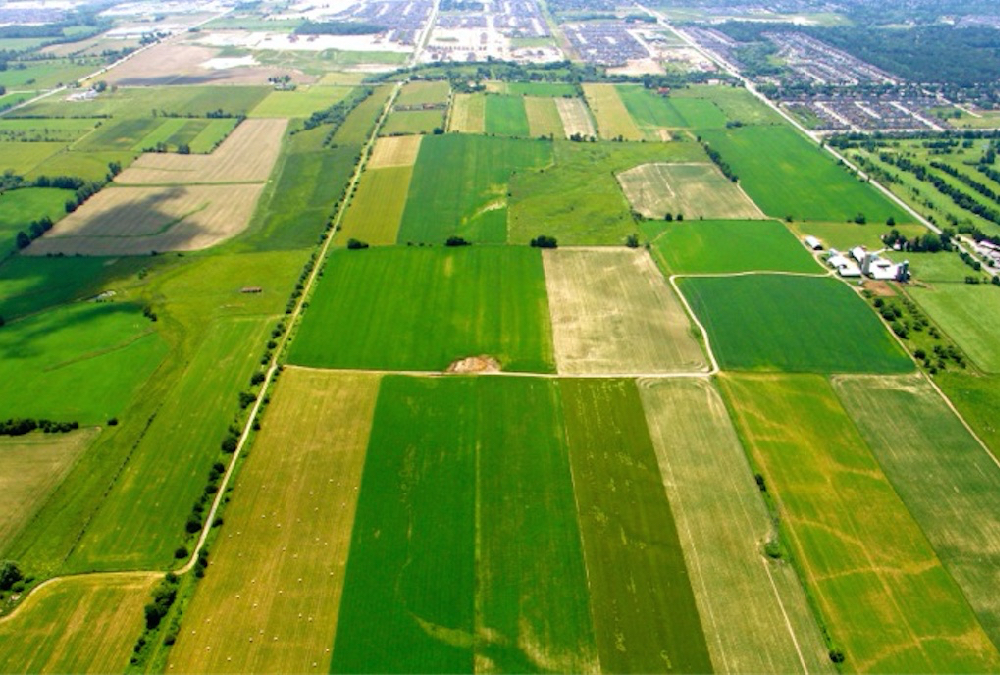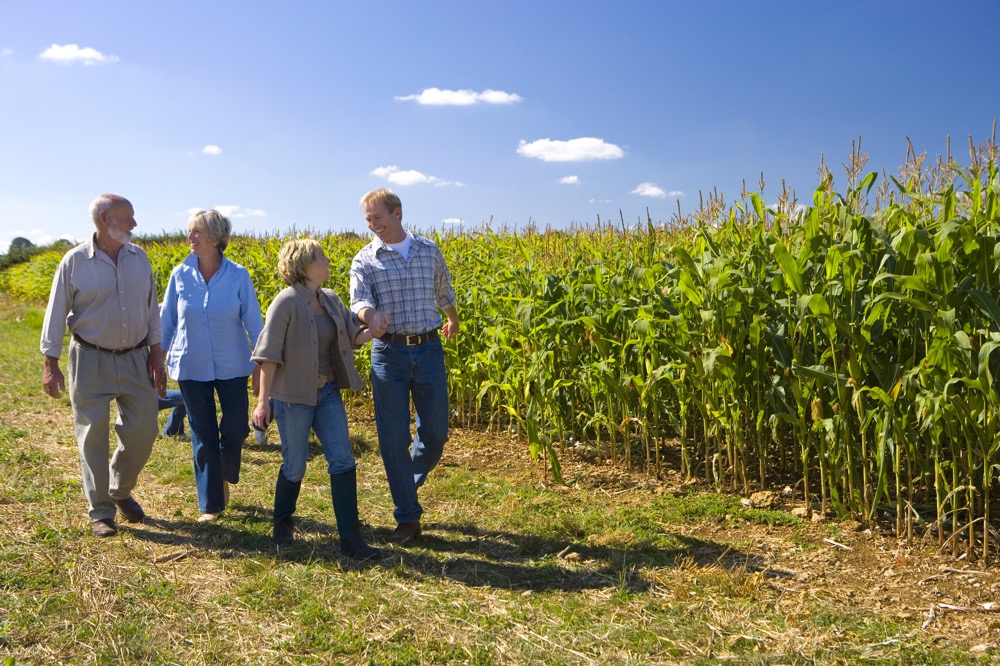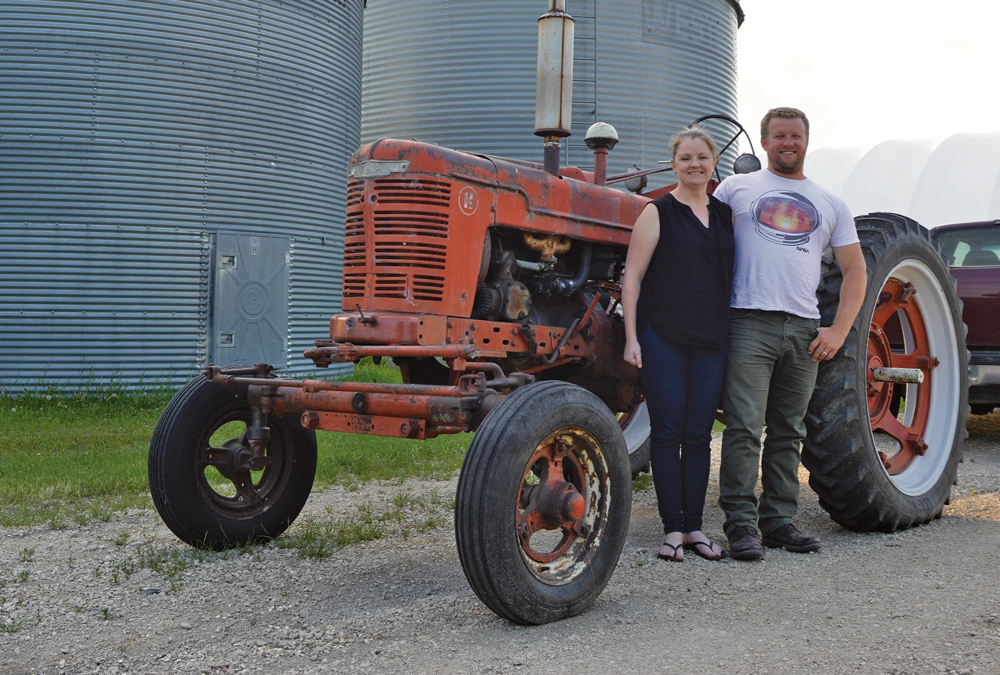If government and private estimates are accurate, hundreds of millions of North American farm acres will have new owners in the next 15 years.
For example, the National Agricultural Statistics Service, the Department of Agriculture’s (USDA) survey takers and record keepers, predicts that 100 million acres of today’s farmland will be sold by its current owners by 2023.
The American Farmland Trust (AFT), a non-partisan farmland conservation group based in Washington, D.C., pegs the turnover rate even higher. It estimates 371 million acres of the nation’s farm- and ranchland will change hands in the next 15 years. That’s four out of every 10 acres in private ownership today, claims AFT.
Read Also

Roundup retraction makes public trust ripples
A foundational study on glyphosate safety was recently retracted, while Roundup maker Bayer has already said it may ditch the key agricultural herbicide after lawsuits piled up.
Estimates of a similar scale exist for Canada as well.
One key reason for the coming turnover is the average age of today’s farmers; we — my generation, the baby boomers — are getting old. Demographers say today’s youngest boomer is 55; its oldest, well into their 70s. While the average age of all U.S. farmers, 57.5, falls on the younger end of that scale, it is accelerating by more than a year every five years, according to the 2017 Ag Census.
As such, it won’t be long before most boomers will be a fading echo in America and American ag. Don’t worry; we will be a loud echo. According to U.S. census data, nearly 10,000 boomers — including many farmers, some journalists, and, uh huh, column readers — now reach age 65 every day.
Equally noteworthy is the average age of today’s “beginning farmer,” a group the 2017 Ag Census defines as ranchers and farmers with less than 10 years of farming experience: a not-so-short-in-the-tooth 46.3 years.
That’s probably why USDA classifies them as “beginning farmers” and not “young farmers.”
Even more striking is state level data. According to a 2018 Iowa State University study on Iowa farmland ownership and tenure, 60 per cent of that state’s farmland is owned by people 65 or older and 35 per cent is owned by people 75 or older.
Other farmland ownership numbers from the Iowa State study are just as eye opening. For example, 13 per cent of Iowa’s farmland is owned by women over 80 years old; over half of Iowa’s farmland is owned by people who don’t farm; 30 per cent is owned by either corporations or trusts; and 29 per cent “is primarily owned for family for sentimental reasons.”
The Hawkeye State’s numbers are indicative of almost all ag-centred states and provinces. We farm-raised boomers, it seems, revere farmland whether we farmed it or inherited it, and we tend to hold on to it despite recent low returns because that’s what our families have always done.
For many of our children, however, those soft-hearted family reasons don’t hold up to hard-nosed business analysis. Indeed, their lack of affection, interest or knowledge of either farming or farmland provides most of the reasoning behind the coming turnover as we boomers, literally and figuratively, retire.
The coming flush of land sales, however, doesn’t mean land prices will cheapen dramatically or that today’s young farmers can expect to buy land more easily in the coming years despite U.S. farmers over age 65 currently outnumbering those under 35 by a stunning six-to-one margin.
New, innovative ideas, however, are percolating to bridge the age, ownership, and land tenure gap in rural America. Several will be showcased Oct. 21 in Red Wing, Minn., at the Upper Midwest Farmland Summit. The convention’s overarching goal is to “help farmers successfully transition their farms both within and outside the family, and to assist beginning farmers to attain affordable land access… ”
The gathering — one that should be replicated across farm country for years to come — is sponsored by the Farmland Access Hub. It will bring together farmers, attorneys, finance experts, conservationists, and ag marketing professionals to “address these issues and discuss innovative strategies and solutions” now facing both older farmers as well as aging farm communities. (Links at farmandfoodfile.com.)
For aging boomers, though, it’s an almost bull’s-eye shot at immortality, a way to transplant our love for the land and of farming into the hearts and minds of a new, caring generation for decades to come.
The Farm and Food File is published weekly in newspapers throughout the U.S. and Canada.















